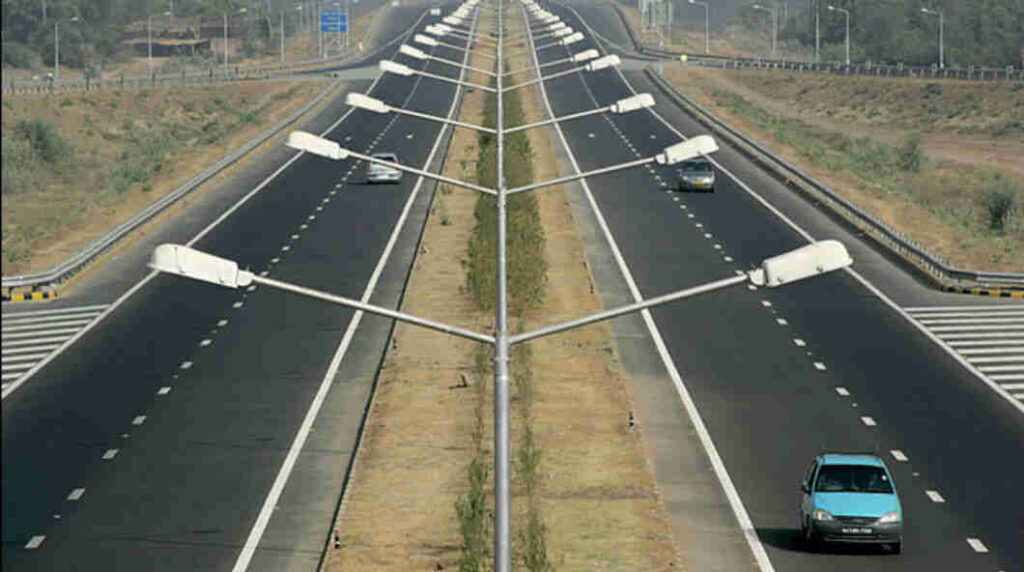Child Marriage Prohibition Act
The Child Marriage Restraint Act was a legislative act passed on 28 September 1929. The act fixed the marriageable age for girls at 14 years and 18 years for boys. It is popularly known as the Sharda Act after its sponsor, Harbilas Sarda. The Prohibition of Child Marriage Act, 2006, presently sets the marriageable age to be 18 and 21 for boys and girls respectively. Overview of the Child Marriage Restraint Act Child Marriage Restraint Act, 1929 Long Title An Act to define the age of marriage in India Territorial Extent The whole of British India, with Princely states being exempted. Enacted by Imperial Legislative Council Enacted 28 September 1929 Commenced 29 September 1929 Status Amended How was the Child Marriage Restraint Act Formed? Various bills addressing questions on the age of consent were introduced in the Indian legislatures and defeated. The All India Women’s Conference, Women’s Indian Association and National Council of Women in India, through their members developed and articulated the argument in favour of raising of the age for marriage and consent before the Joshi Committee. Muslim women presented their views to the Joshi Committee in favour of raising the age limit of marriage even when they knew that they would face opposition from Muslim Ulemas. The Joshi Committee presented its report on 20 June 1929 and was passed by the Imperial Legislative Council on 28 September 1929 and became a law on 1 April 1930, after approval from Lord Irwin extending to the whole of British India. It fixed 14 and 18 as the marriageable age for girls and boys respectively of all communities. Objectives of the Act The primary object of the Act is to prohibit solemnization of child marriage. This Act is armed with enabling provisions to prohibit child marriages and provide relief to victims and enhance punishment for those who abet, promote or solemnise such marriages. As per the act, the age of marriage for boys is 21, and for girls, it is 18, and any marriage of people below this age will be considered as a child marriage which is illegal, an offence and is punishable under the law. The below following are the objectives of this legislation The Act makes child marriage voidable. The Act also allows for maintenance and residence for the girl till her remarriage from the male contracting party or his parents. All the punishments contemplated under the Act are quite enhanced as compared to the 1929 Act. What is the significance of the Child Marriage Restraint Act? The Child Marriage Restraint Act was the first social reform issue taken up by an organized women’s group in India. This group pressured many politicians into supporting the act by picketing their delegations, holding placards, and shouting slogans. They believed that the passing of this act would show the world that India is serious about social reforms. By showing support for this act, women in India were challenging the double standards of the ancient Shastras. Declaring they would begin to make their own laws, free of male influence, the women’s organization brought liberal feminism to the forefront. Although this was a victory for the women’s movement in India, the act itself was a complete failure. In the two years and five months, it was an active bill, there were 473 prosecutions, of which only 167 were successful. The list goes on with 207 acquittals, with 98 cases still pending during August 1932. Out of the 167 successful prosecutions, only 17 or so did either all of or part of their sentence. The majority of cases were in Punjab and the United Provinces. However, the Act remained a dead letter during the colonial period of British rule in India. As per Jawaharlal Nehru, this was mainly because the British colonial government did nothing to propagate awareness of it, especially in smaller towns and villages of India. In his autobiography, Nehru elucidates that this was largely due to the fact that the British did not want to earn the displeasure of the communal elements among the Hindus and Muslims. In the 1930s, the only parties in India that continued to support British rule were these communal groups. The British government did not wish to lose its support. Hence, they completely avoided implementing this and similar social reforms, instead of focusing their attention on preventing the Indian freedom movement. Thus, their infamous “Dual Policy” prevented any significant social reform in India. Implementation of the Act Prevention The law seeks to prohibit child marriages by making specific actions punishable and by appointing certain authorities responsible for the prohibition and prevention of child marriages. These persons are responsible for ensuring that the Act is implemented. Child Marriage Prohibition Officers (CMPO) are to be appointed in every state to prohibit child marriages, ensure the protection of the victims as well as prosecution of the offenders. The Act lays down penal provisions for those who solemnise child marriages. The Prohibition of Child Marriage Act, under section 11 provides punishment for those who permit and promote child marriages. Protection The law provides for all support and aid including medical aid, legal aid, counselling and rehabilitation support to children once they are rescued. It gives legal status to all children born from child marriages and makes provisions for their custody and maintenance. It provides for the residence and maintenance of the female contracting party. Prosecution of Offenders The law provides for punishment for a male above 18 years of age marrying a child. The Child Marriage Prohibition Officer has been empowered to provide necessary and legal aid to victims of child marriage and to produce children in need of care and protection before the Child Welfare Committee or a First Class Judicial Magistrate, where there is no Child Welfare Committee. Child Marriage Prohibition Officers A child marriage prohibition officer is deemed a public servant in this act. The Child Marriage Prohibition Officer (CMPO), who is responsible for ensuring no child marriage, takes place in their jurisdiction by approaching the courts for
Child Marriage Prohibition Act Read More »









